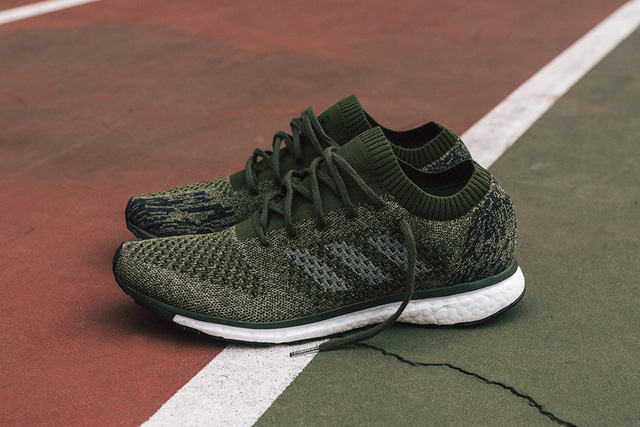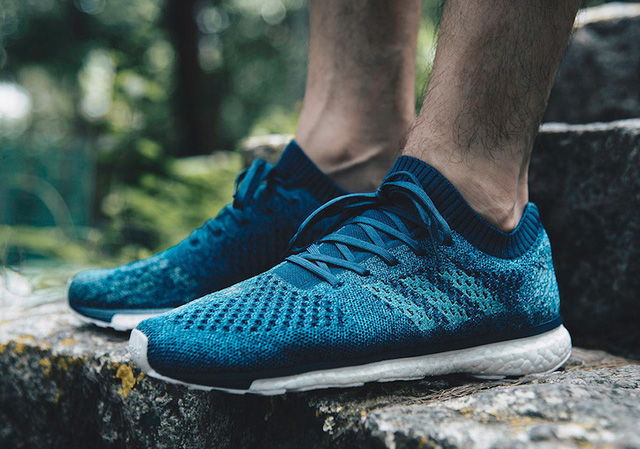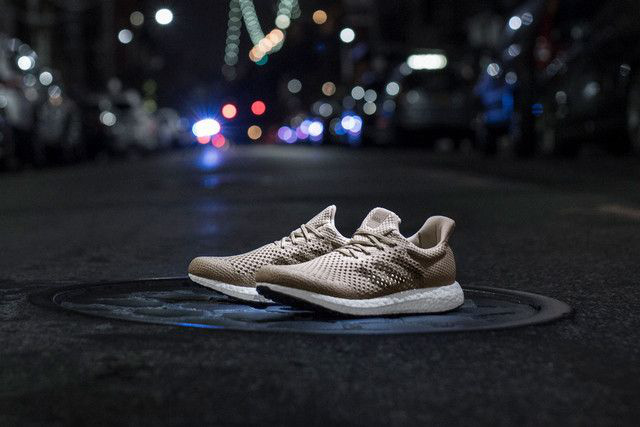The “holy grail” behind Adidas’ ambitious plan to end plastic waste within the next 10 years
- Tram Ho
Adidas’s mission is to create the highest quality products for the athletes, so the majority of the materials used are polymer resins – an outstanding ability to ‘transform’ into everything from mattresses. sponge in sneakers to damp absorbent cloth in sports bra.
The problem with plastics is that they are not biodegradable. Because the plastic in shoes and clothes is not recyclable, they will be thrown away in landfills or worse than dumped into the ocean, which already contains all the plastic that has been created.

Adidas is not the only culprit. According to the Ellen MacArthur Foundation, 60% of the materials used by the fashion industry are made from plastic, a by-product of petroleum – a non-renewable resource.
Recognizing itself as a major contributor to plastic pollution, Adidas is currently working on a comprehensive plan to end the problem of plastic waste from the company’s manufacturing process over the next decade.
Adidas began developing its current sustainability strategy in 2015, when it conducted an audit of the materials used. Since then, Adidas has been testing different solutions. The German group partnered with environmental organization Parley for the Oceans to produce plastic clothes and shoes collected from the ocean in 2015. Initially, Adidas only produced 7,000 pairs of sports shoes, but then increased to 11 million pairs a year later.

Last year, Adidas tried to create a fully recyclable sports shoe, the Futurecraft Loop. This special shoe is made from a single material and is heat-shaped, without the need for glue, so it can be easily chopped and become the material for a new shoe.
Until now, these projects have just stopped at testing. Through an internal design lab, Speedfactory, Adidas can quickly turn ideas into prototypes, then produce them as small-scale limited products.
Adidas’ ambitious plan can be divided into 3 steps.
Step 1: Use recycled plastic till 2024

As a first step, Adidas will convert to recycled plastics. By the end of this year, half of the total polyester resin will come from recycled sources. By 2024, all polyester used by the company will be recycled. Adidas plans to introduce labels that accurately explain the origin of plastics in its products.
PrimeGreen uses polyester resin derived from recycled water bottles, while PrimeBlue is an ocean-based polyester resin supplied by Parley. Because Adidas needs more plastic than Parley can collect, the two partners will get plastic from beaches around the world.
Polyester is just one of the plastics that Adidas uses in the manufacturing process. James Carnes, vice president of brand strategy at Adidas, said the company is also trying to find recycled polymers for other products, such as foam mattresses in shoes.
Step 2: Making recycling easy by 2030

Recycled plastics are only part of Adidas’ plan. The next step is to create products that are easily recyclable. For example, the Futurecraft Loop shoe shows that products need to be redesigned from scratch so they are made from a single material or from materials that can be easily separated and recycled separately.
Besides producing shoes that consumers can recycle, Adidas must also find a way to ensure that they will be recycled. The company is thinking of a way to send the return label and temporary shoes to customers until they return the old shoes and some other options. But it seems Adidas needs more to convince customers to part with their shoes, especially if they feel attached to them.
Step 3: Create biodegradable products

The final step in Adidas’ plan is to create fully biodegradable products. Carnes said: “This is the holy grail. We want to create a circulatory system, but this depends on the recycling of consumers. ”
In addition, this is a much more difficult project, depending on new technologies in the coming years, so adidas does not set a time frame for this long-term goal.
While Adidas continues to be a major cause of global plastic pollution, the company deserves recognition for acknowledging its responsibility and devising strategies to help stop plastic waste. By investing and scaling up sustainable technologies, Adidas will pave the way for other brands to access more sustainable materials.
Source : Genk
